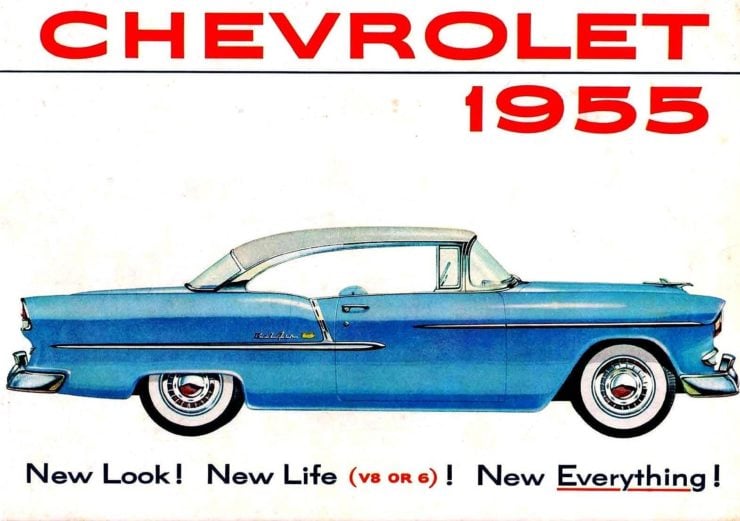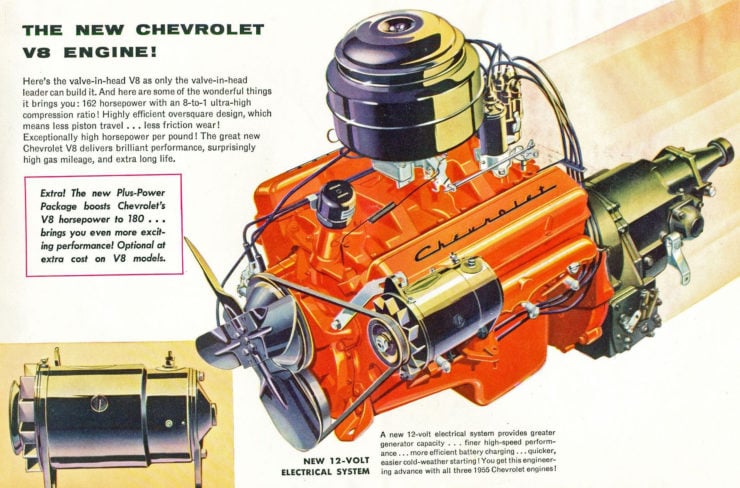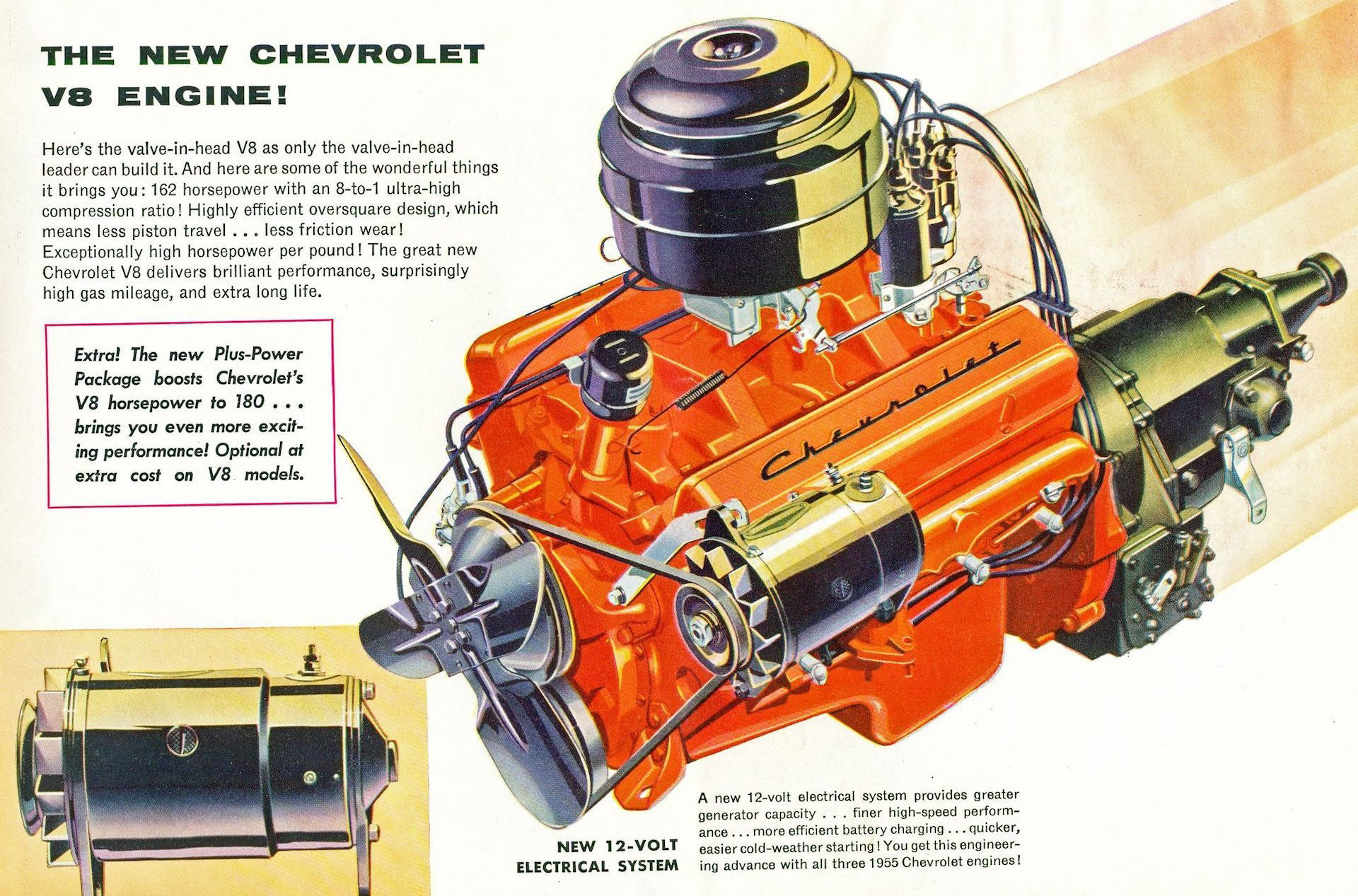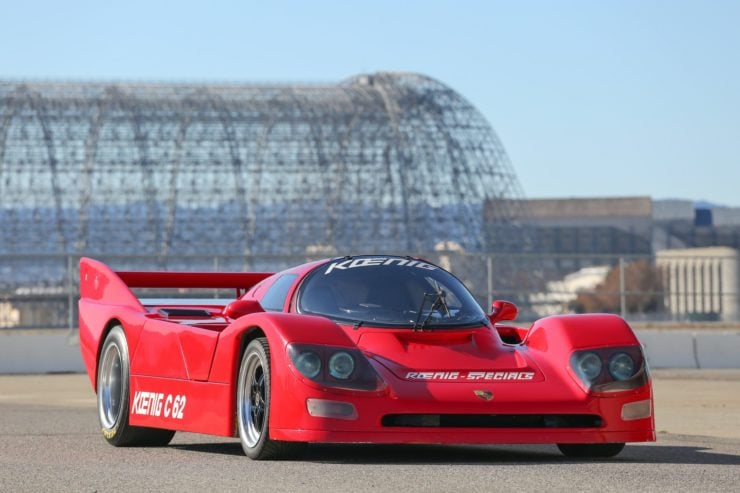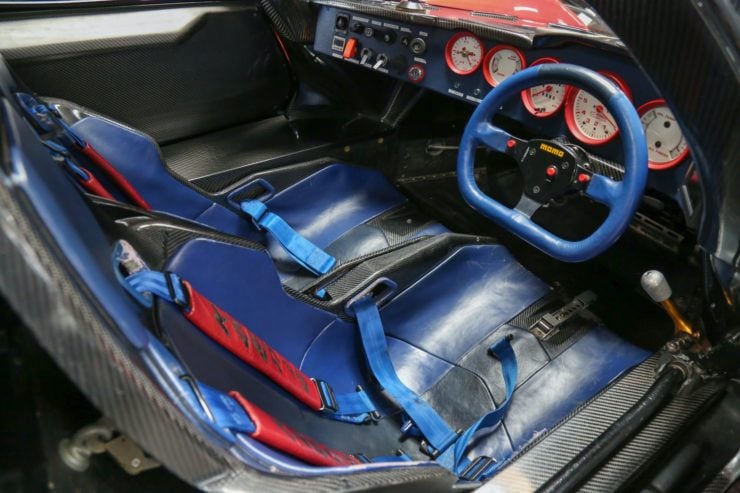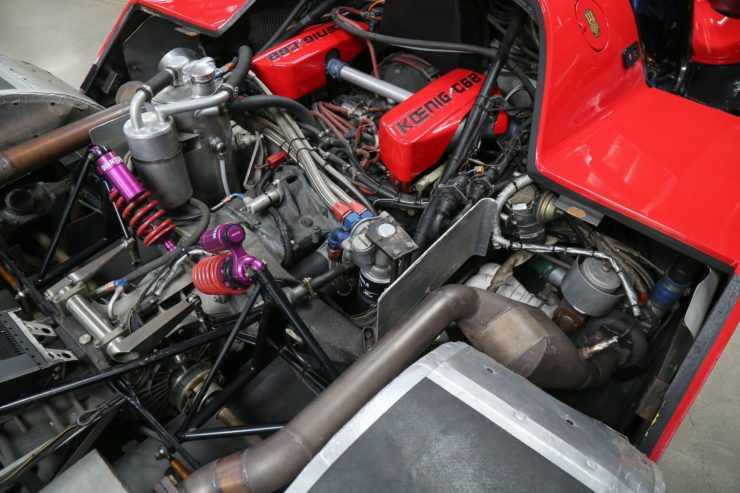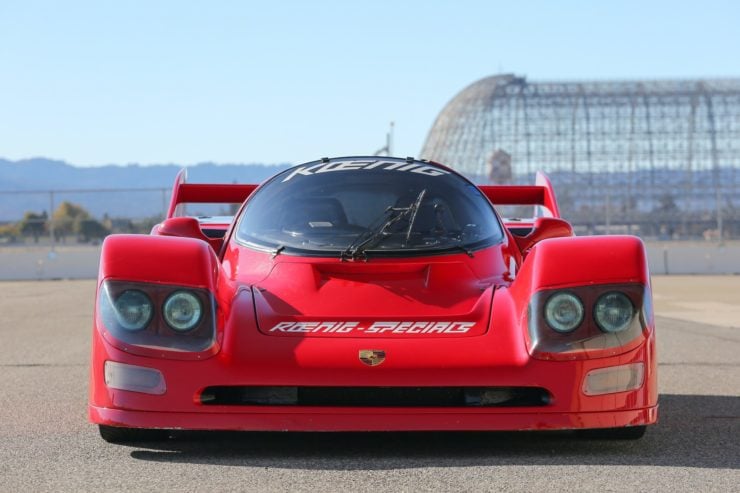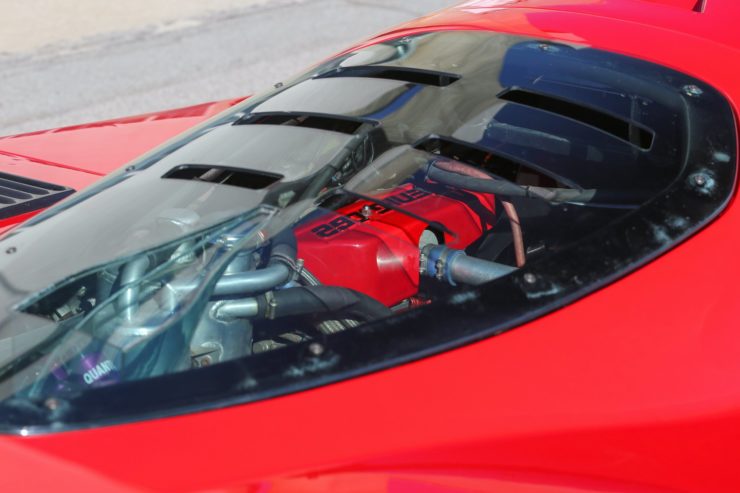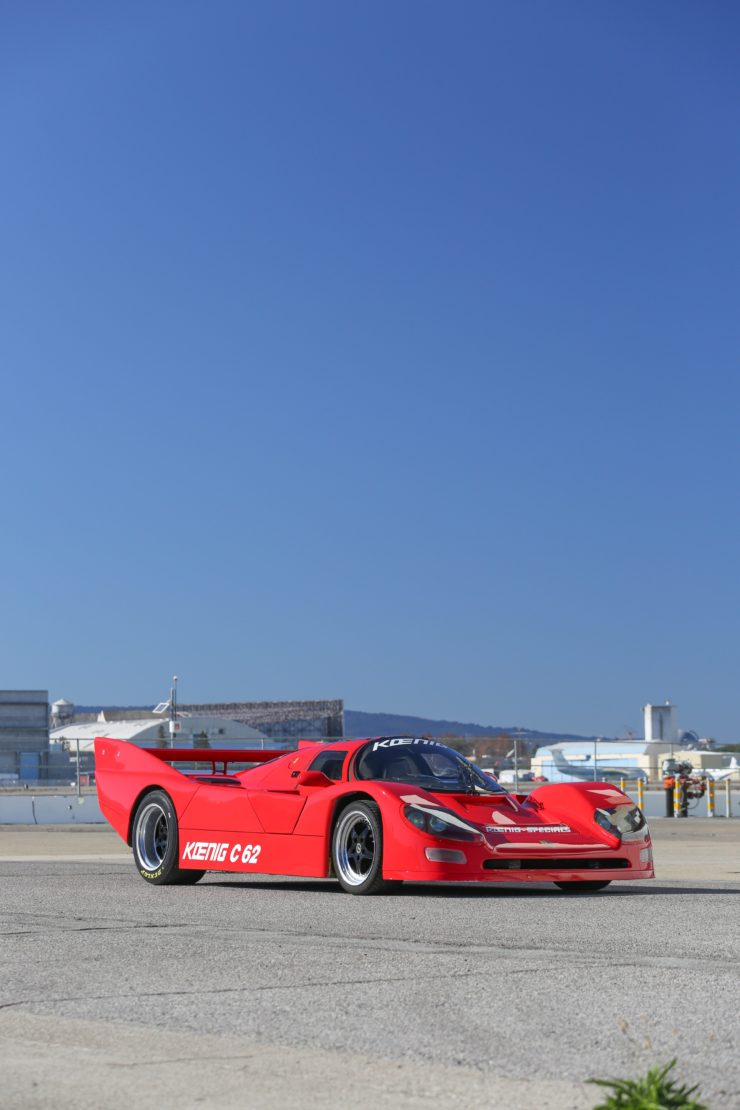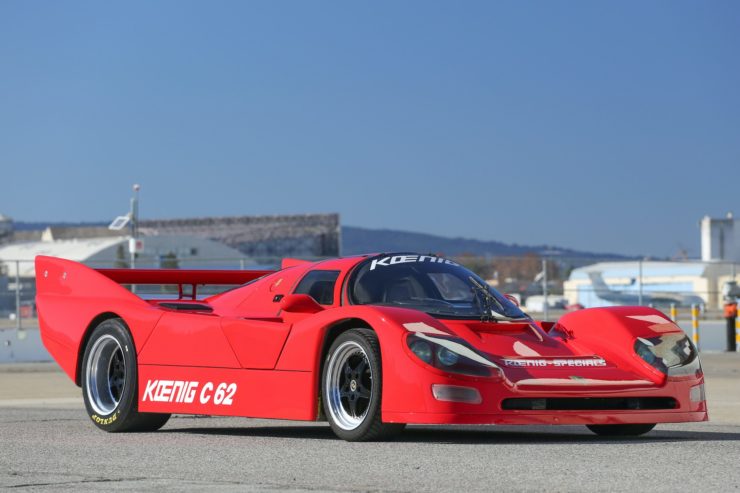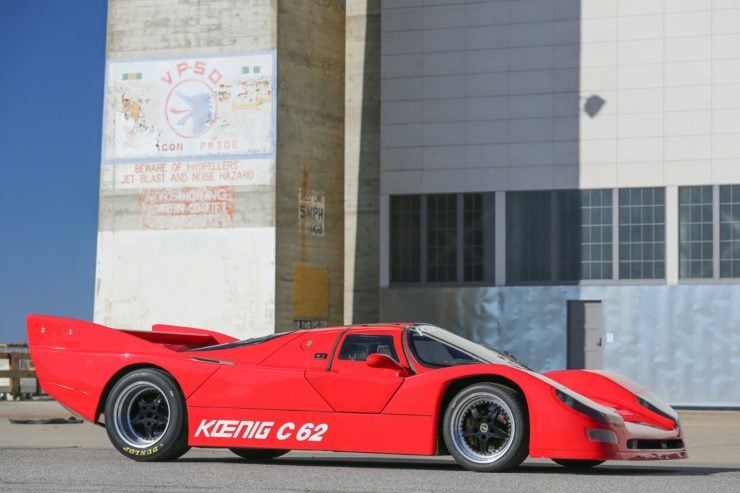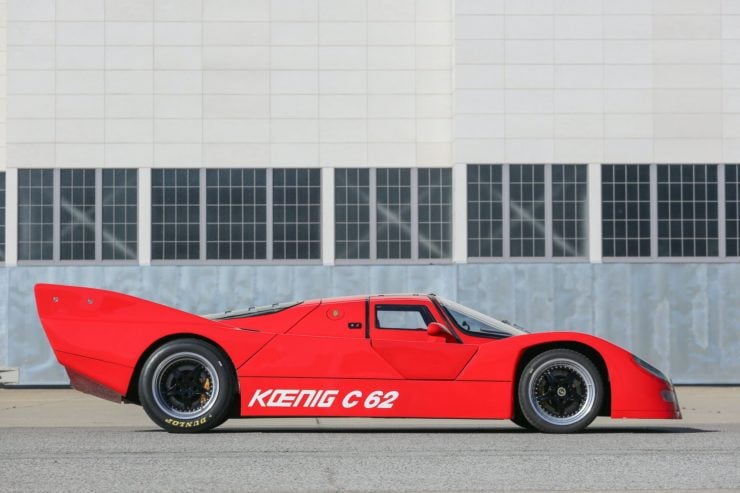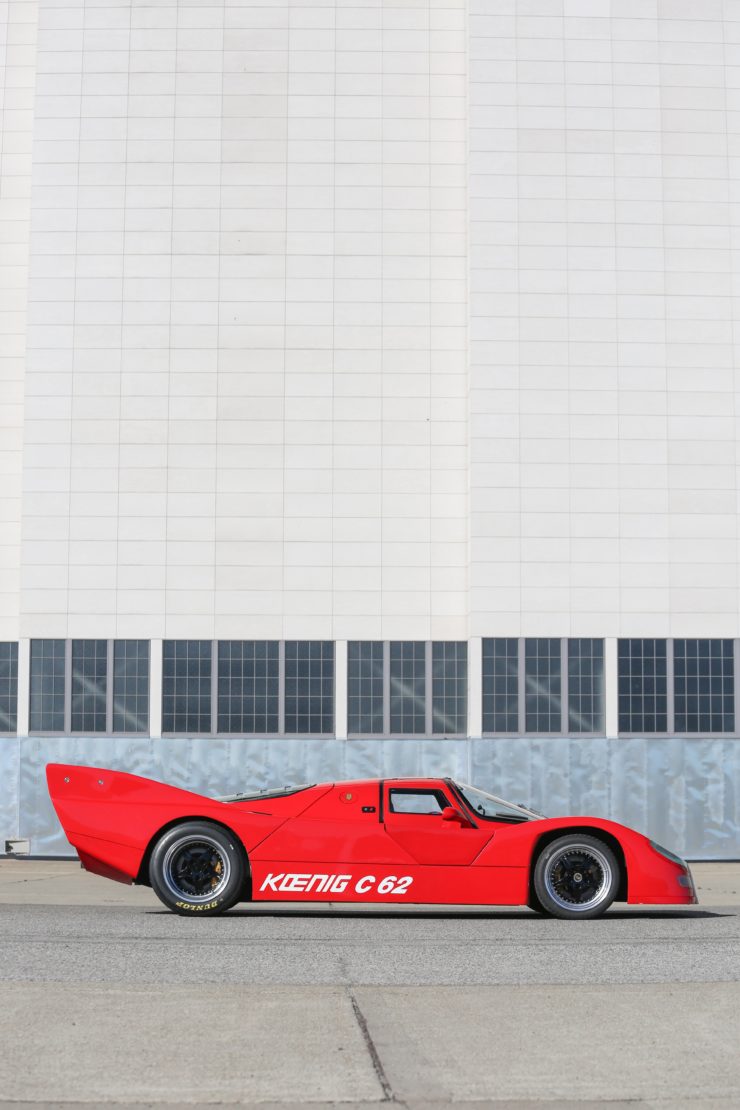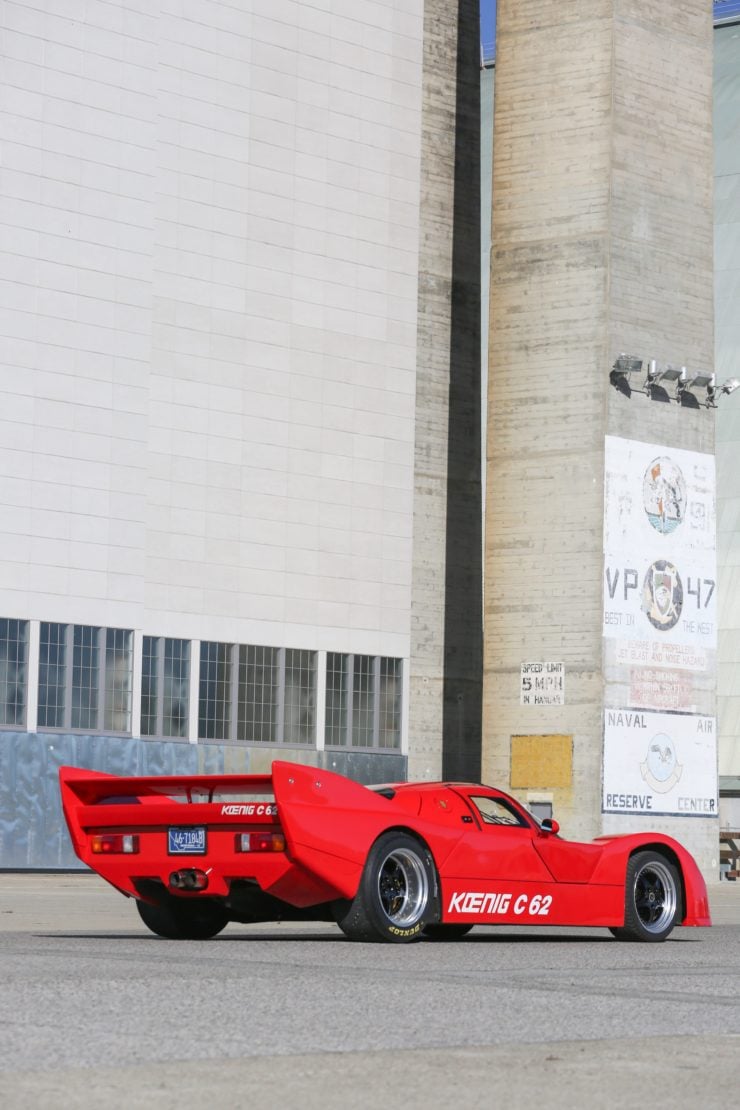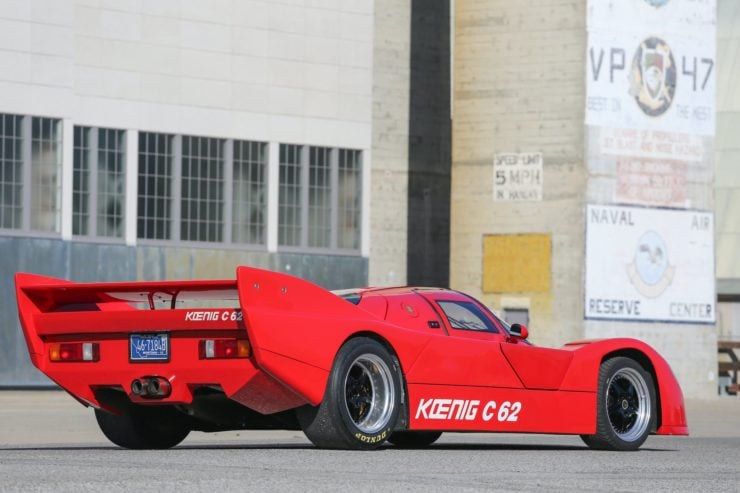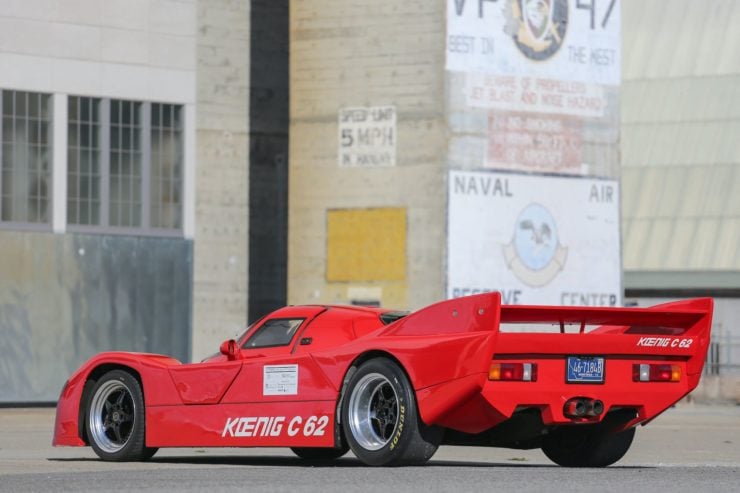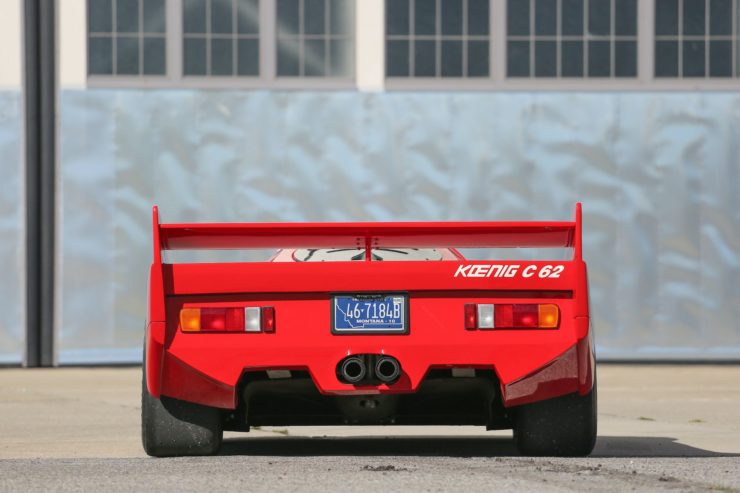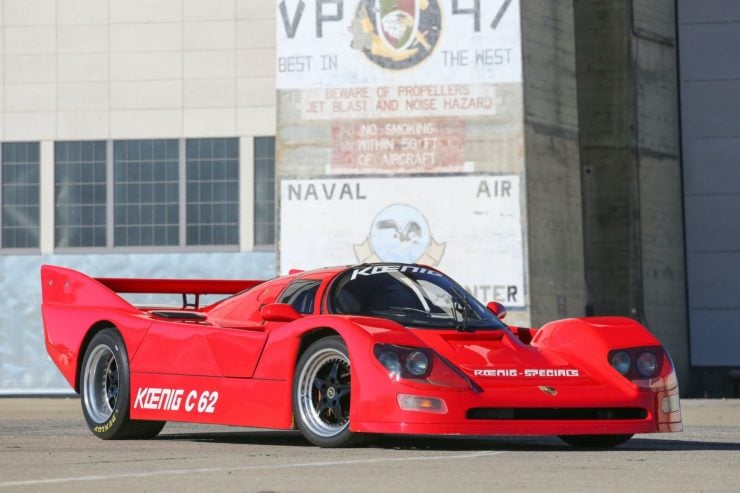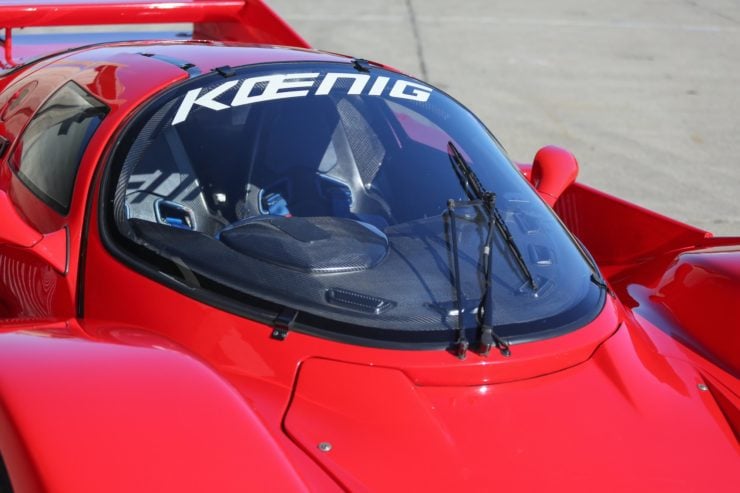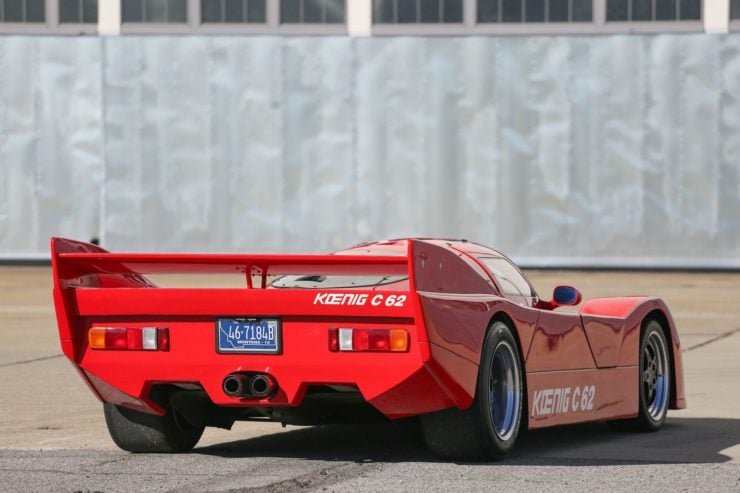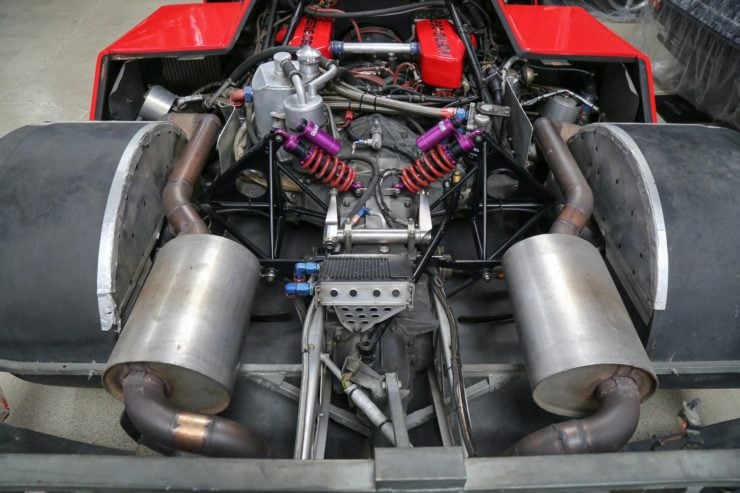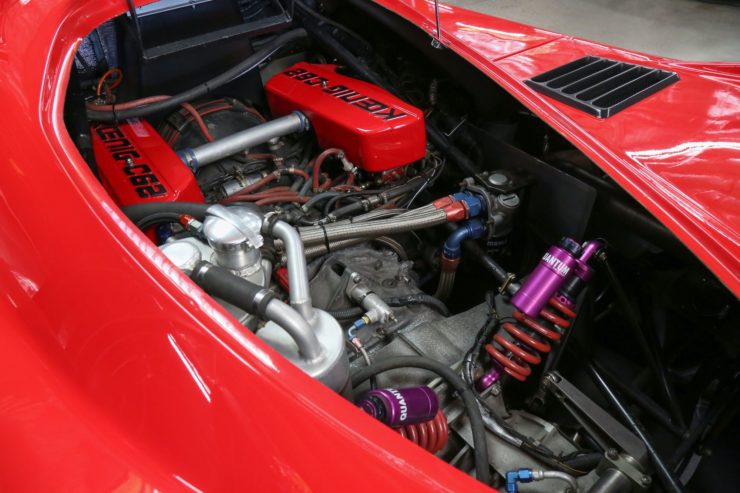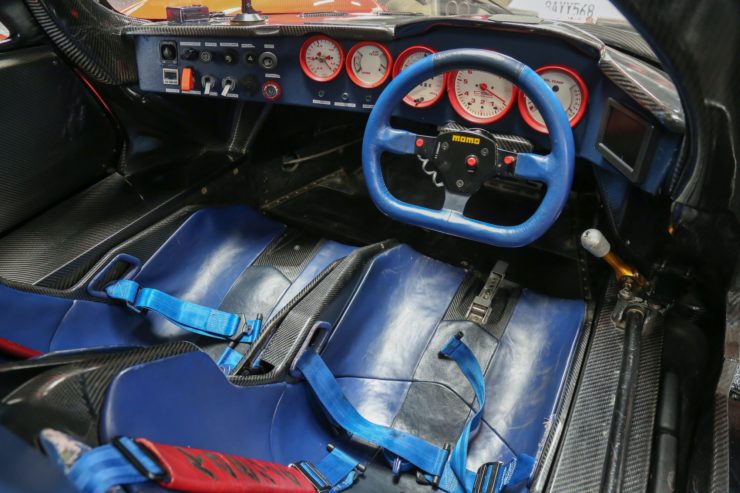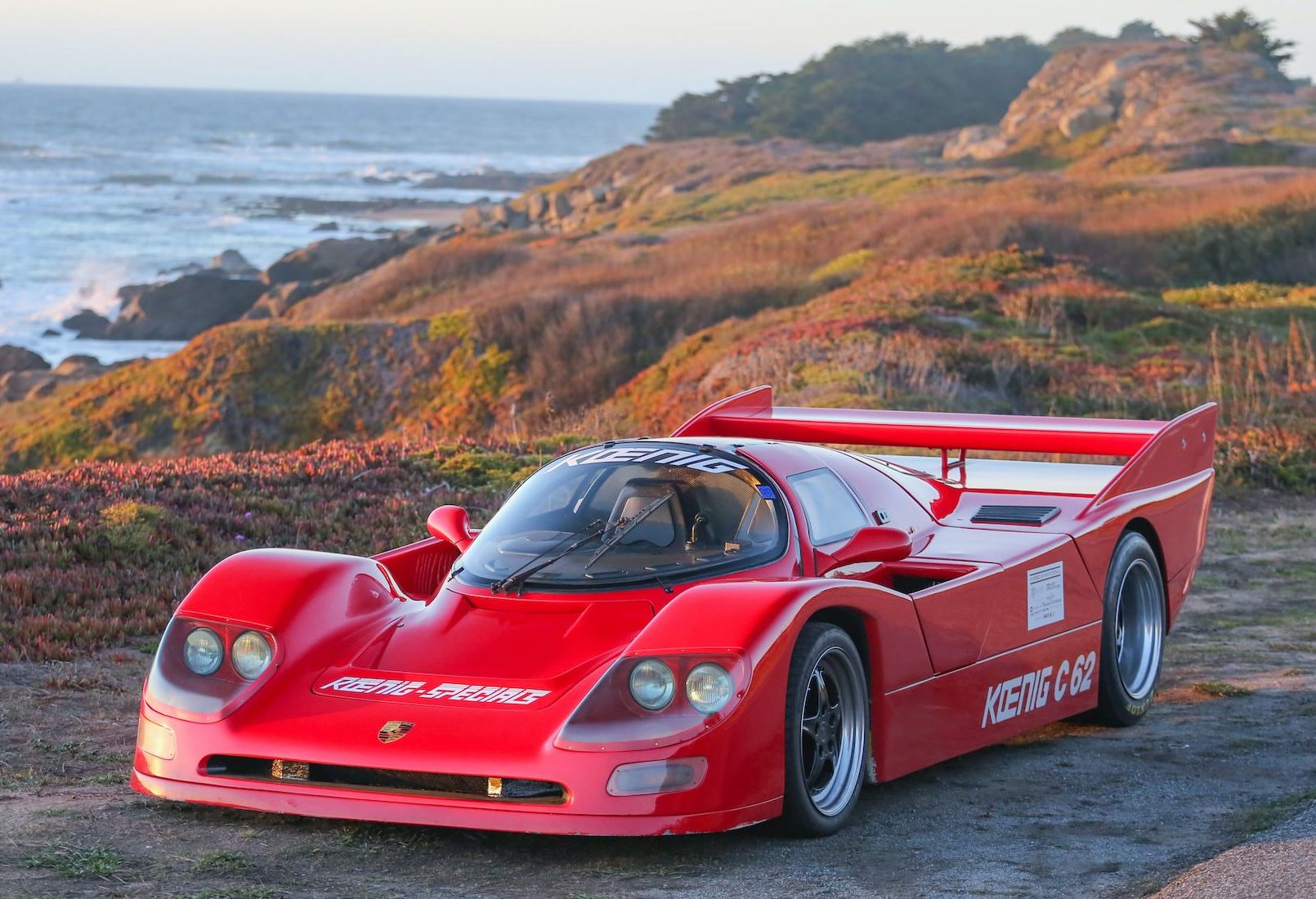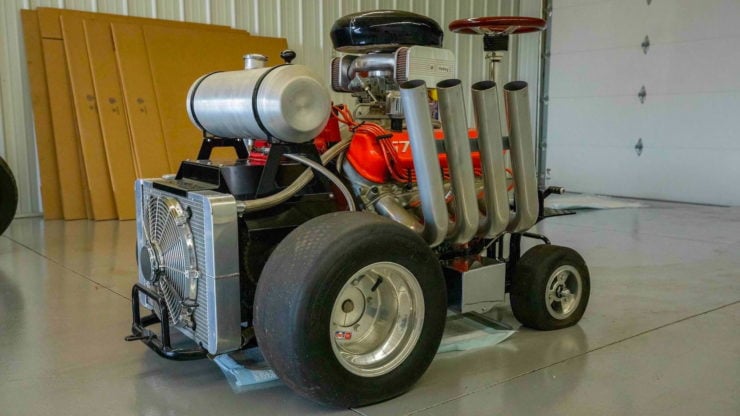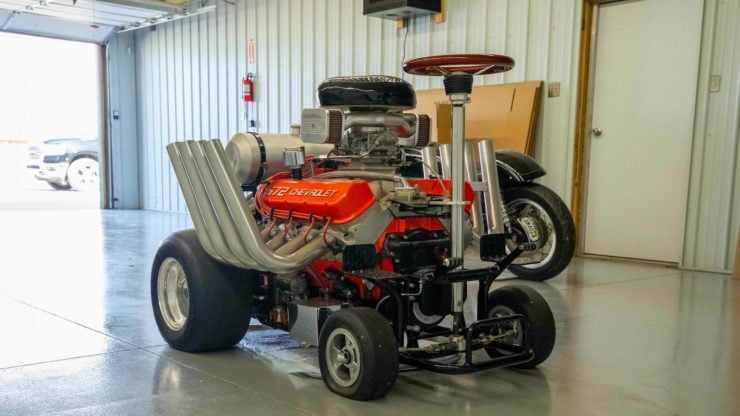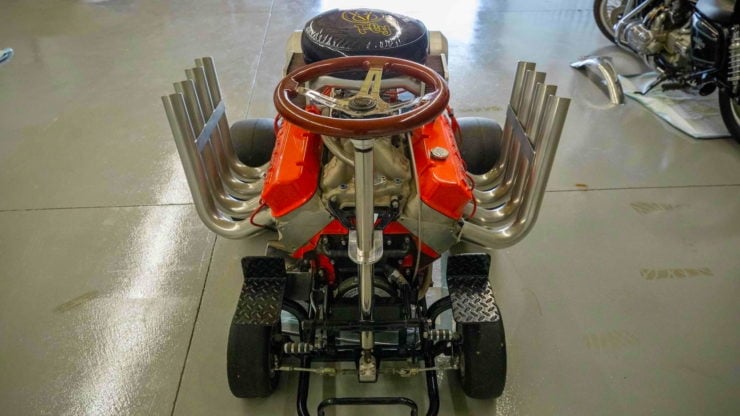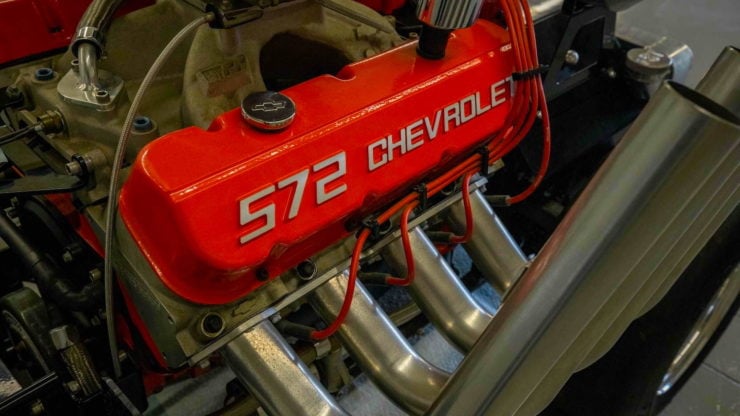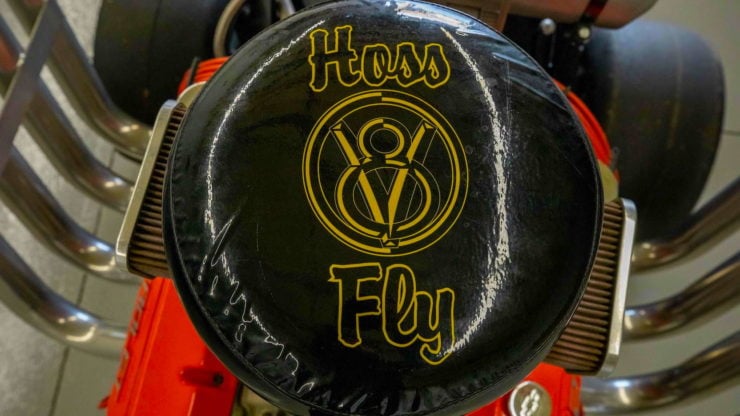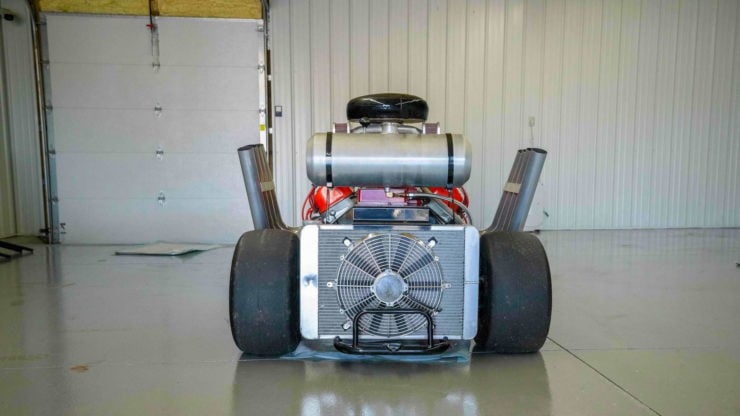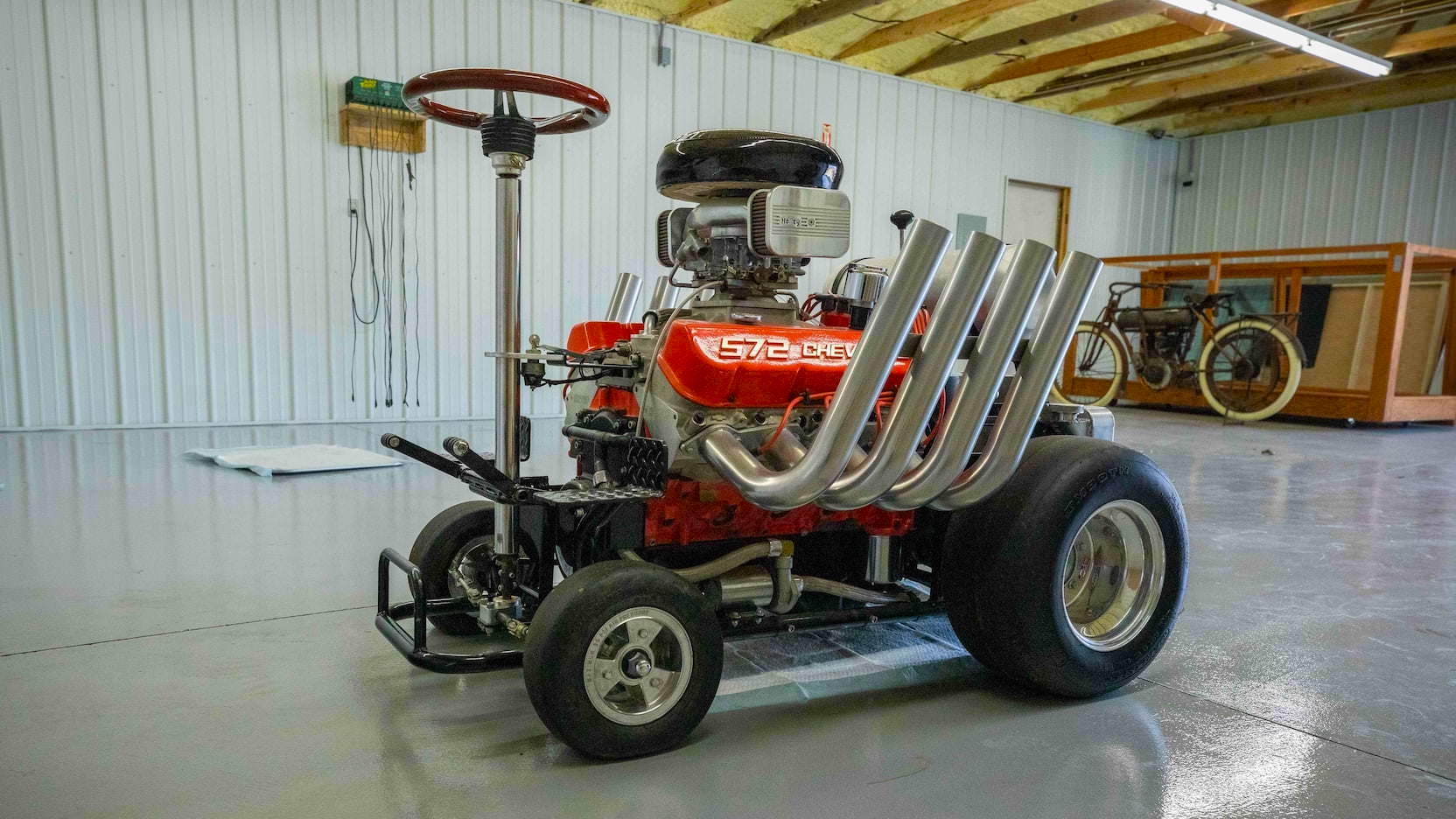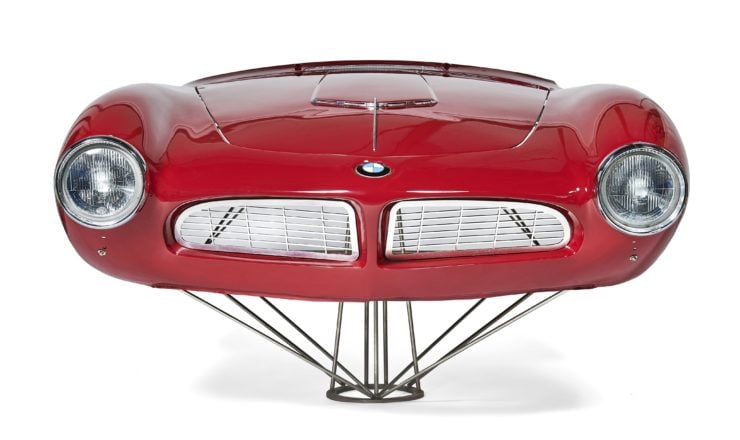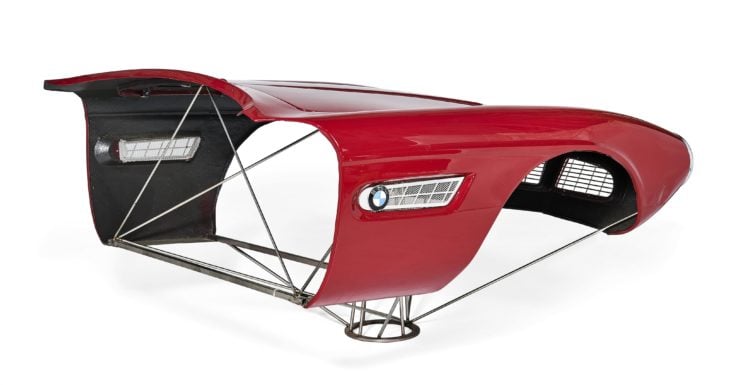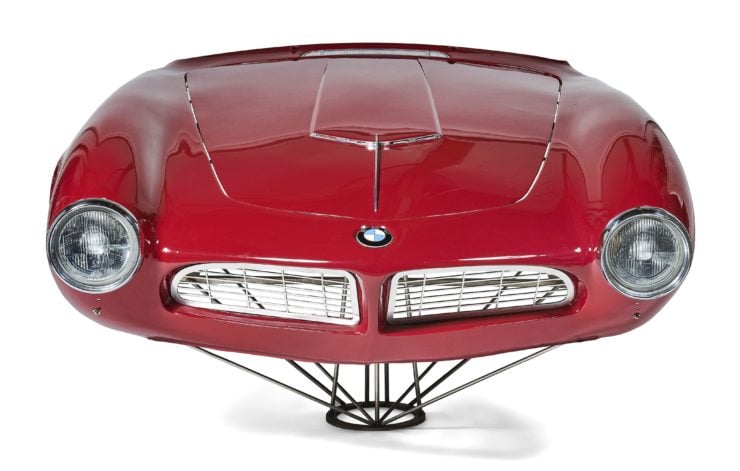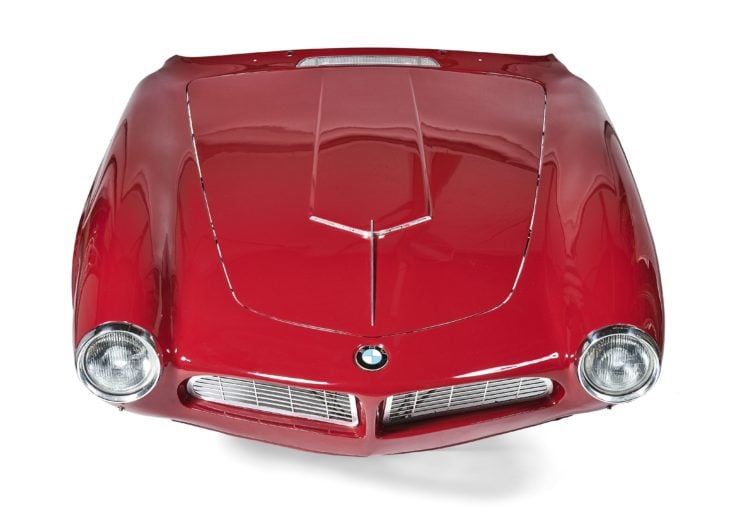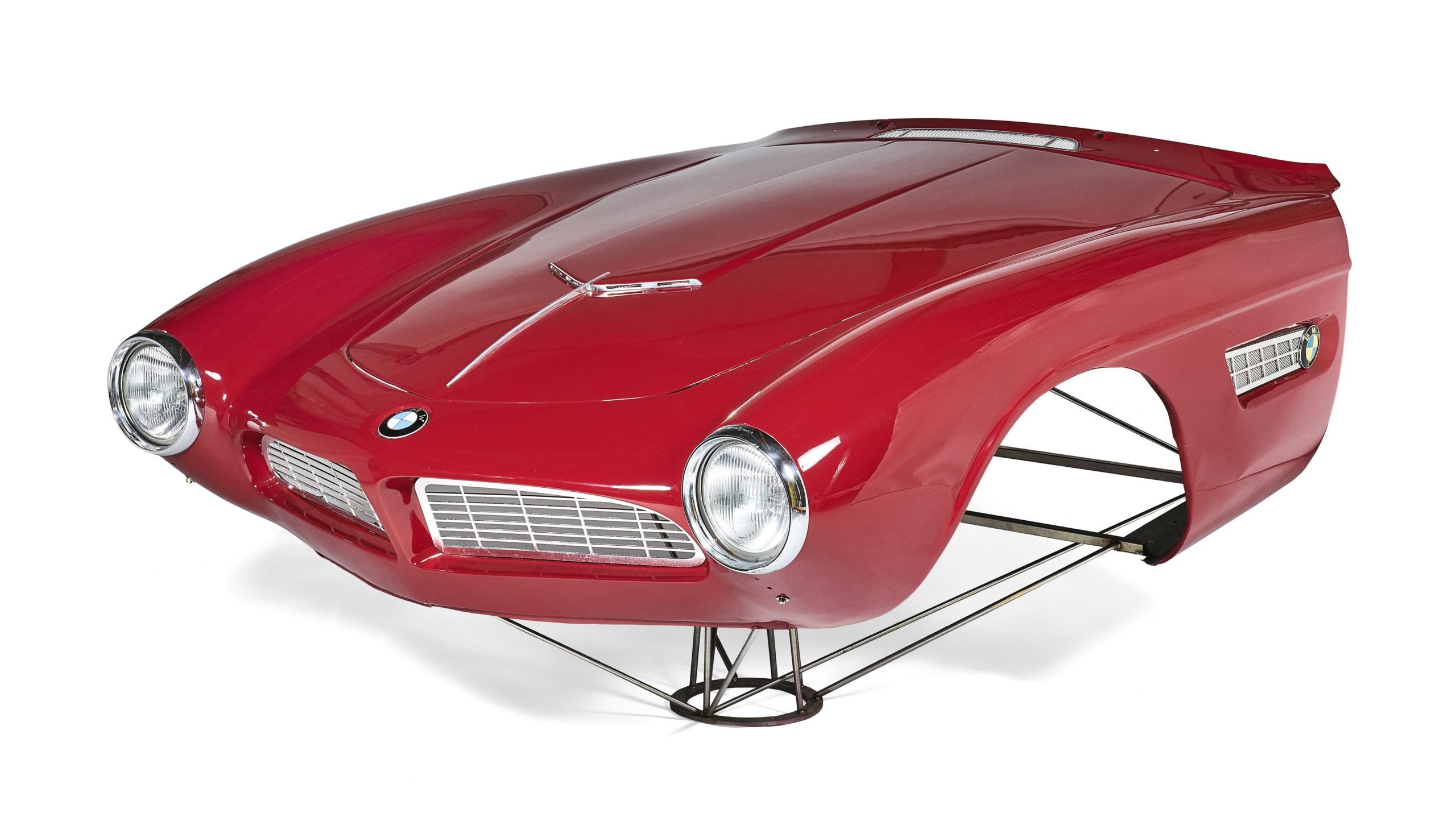The Amphicar 770 is the most successful civilian amphibious production car of all time, 3,878 were sold between 1960 and 1968 with a few hundred surviving to the modern day thanks to their enthusiastic owners – one of whom was US President Lyndon B. Johnson.
The model name “770” comes from the fact that the Amphicar can do 7 mph on the water and 70 mph own the land – hence 770. Owners like to think of it as “the fastest car on the water and fastest boat on the road.”
Fast Facts – The Amphicar 770
- The Amphicar 770 was designed by German engineer Hans Trippel, it’s been described as a descendant of the WWII-era Volkswagen Schwimmwagen, and it was manufactured in West Germany between 1960 and 1965.
- The 770 has a steel cabriolet body, four wheels, two propellers, and a rear mounted engine that drive either the rear wheels, the two propellers, or all of them together – used when entering and exiting the water.
- Power is provided by the 1147cc Standard SC inline-four engine from the Triumph Herald, power was a somewhat modest 43 bhp at 4,750 rpm however the engine proved to be simple and reliable, which were the key criteria required for the 770.
- 3,878 examples of the Amphicar 770 would be built over its production run, the majority were sold in the United States. Many were used by civilians but some were used as rescue vehicles, and others were used to give people rides at Walt Disney World’s Disney Springs in Florida.
The Amphicar 770 And President Lyndon B. Johnson
The most famous story you’ll hear about the Amphicar is that President Lyndon B. Johnson owned one. He kept it on his ranch in Johnson City, Texas and he used to delight in taking guests on tours of the property in the car with the top down.
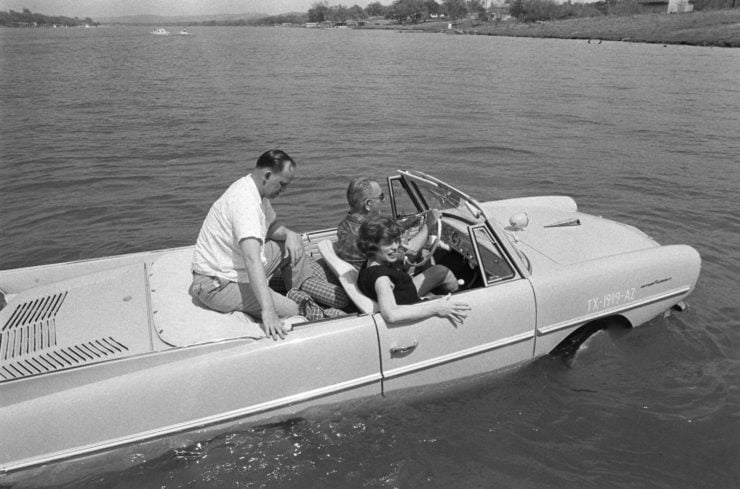
President Lyndon B. Johnson driving an Amphicar, April 10, 1965. Image courtesy of the LBJ Presidential Library.
Ever the practical joker, President Johnson’s favorite trick was to drive the car into his lake while yelling about the brakes having failed, as his guests riding in the car with him screamed for their lives.
Once in the water he would engage the propellers and drive the Amphicar through the water laughing heartily as his passengers tried to collect their wits.
The Most Successful Amphibious Production Car Ever
Building cars that double as boats isn’t a new idea, but is is an idea that had struggled to find its feet. Much like flying cars, amphibious cars have been plagued by difficulties and engineering challenges, not the least of which is that cars don’t make very good boats, and boats don’t make very good cars.
The Amphicar 770 was designed by German engineer Hans Trippel, taking some inspiration from the WWII-era Volkswagen Schwimmwagen – an earlier example of a successful amphibious vehicle.
Trippel was careful to avoid unnecessary complexity in his design, the same engine was used for driving the wheels and twin propellers, the front wheels act as rudders, and the engine was a mass-produced unit from Triumph.
Above Film: This vintage episode of Motor Week covers the Amphicar 770, and it shows them entering the water and leaving again.
The car has a body made from stamped steel panels and it was only ever offered as a cabriolet (convertible).
The engine is installed in the rear and it has a special gearbox that allows it to drive only the rear wheels, only the twin propellers, or both together allowing the car to be driven in and out of the water on a typical boat ramp.
The Amphicar would remain in production from 1965 to 1965, however the company was still selling them in 1968 when it closed down. Of the 3,878 that were made many have survived thanks to the committed nature of the car’s enthusiasts.
The 1961 Amphicar 770 Shown Here
The car you see here is a 1961 Amphicar 770 that has been subject to a bare-metal restoration including extensive structural repairs carried out by marque specialist East Coast Amphicar.
It’s showing just 5,435 miles post-restoration, and it’s finished in the factory combination of Beach Sand White over red and white interior with white top.
The price guide on the car is $80,000 – $100,000 USD and it’s due to cross the auction block with RM Sotheby’s in Fort Lauderdale, Florida on the 26th March.
If you’d like to read more about it or register to bid you can click here to visit the listing.
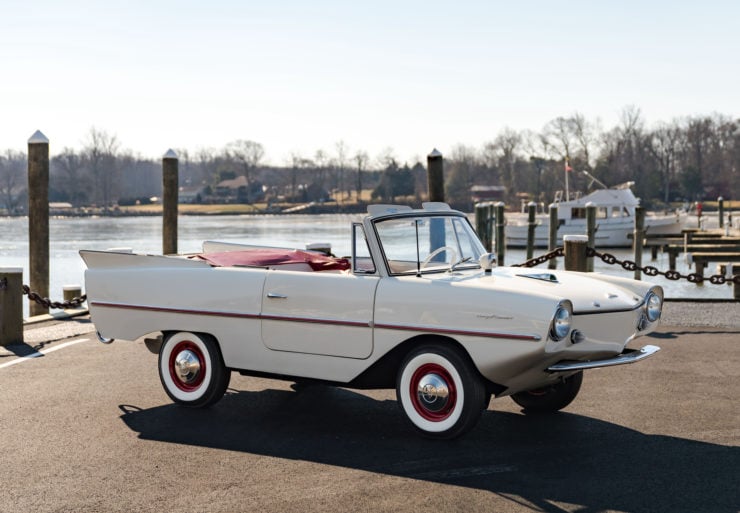
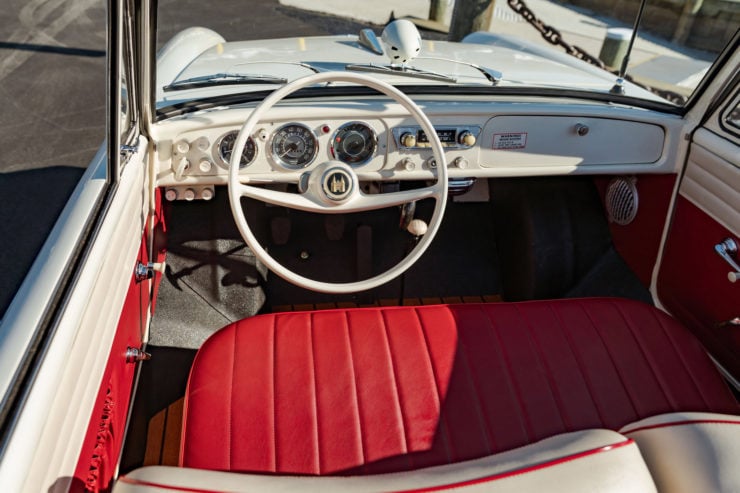
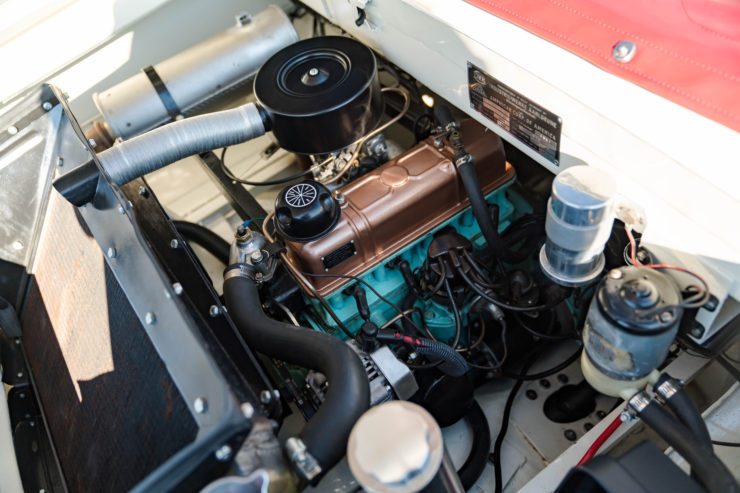
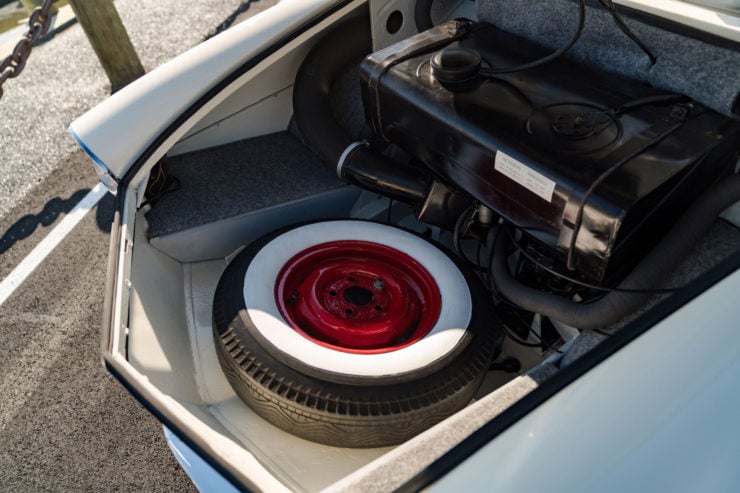
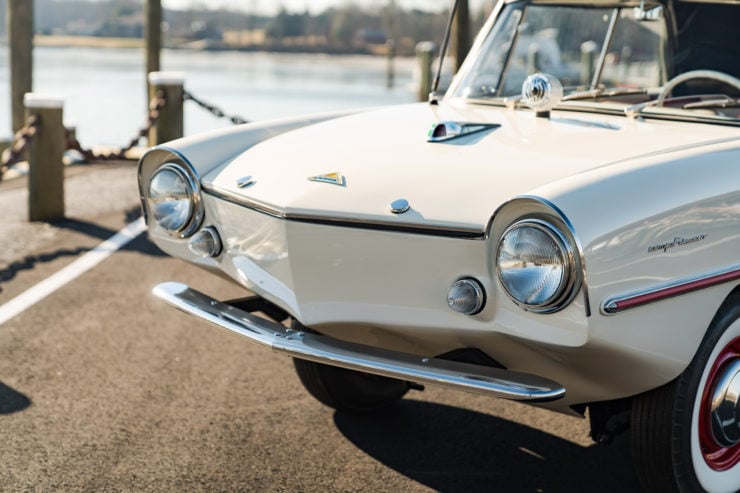
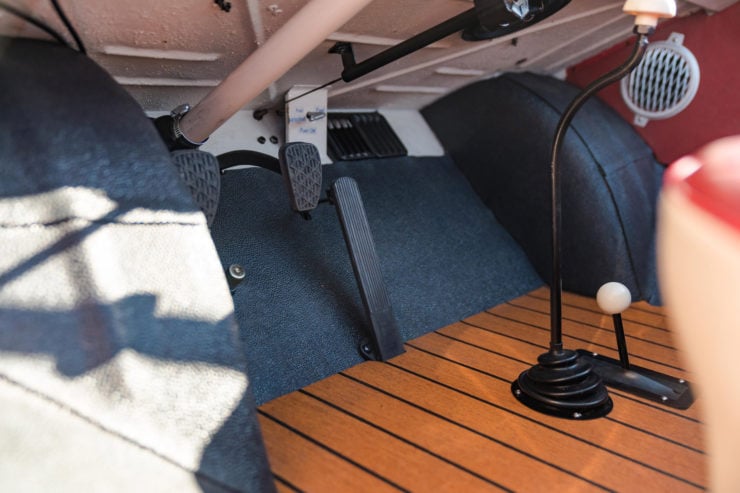
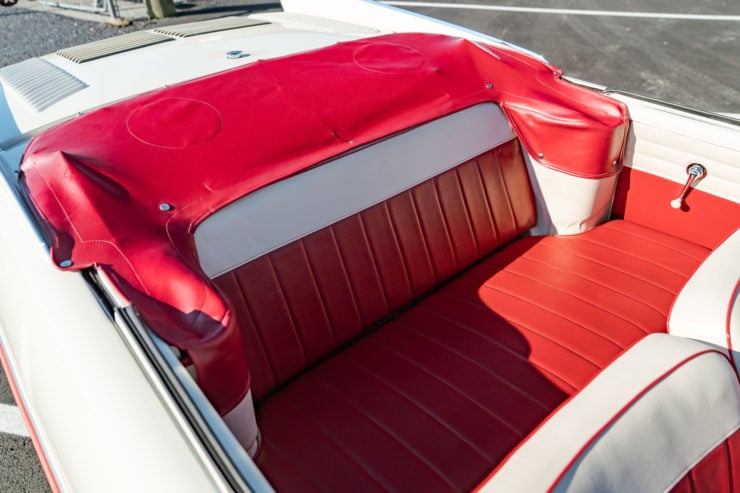
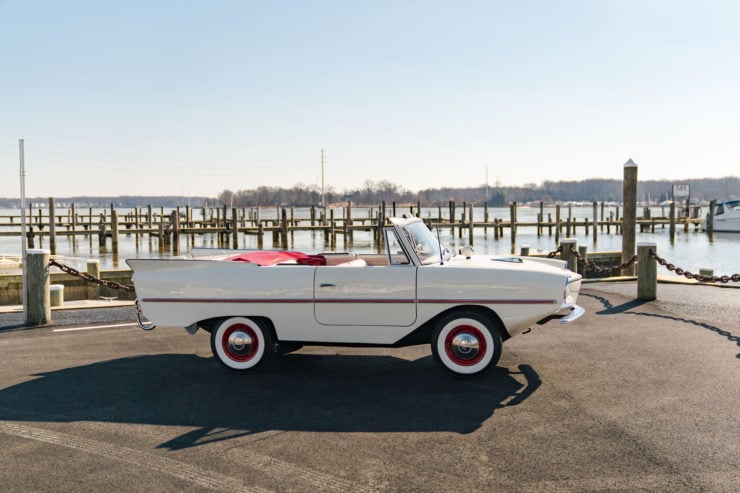
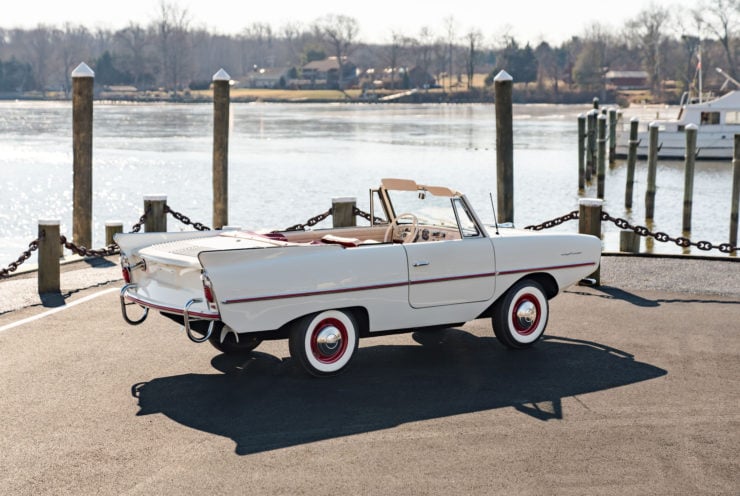
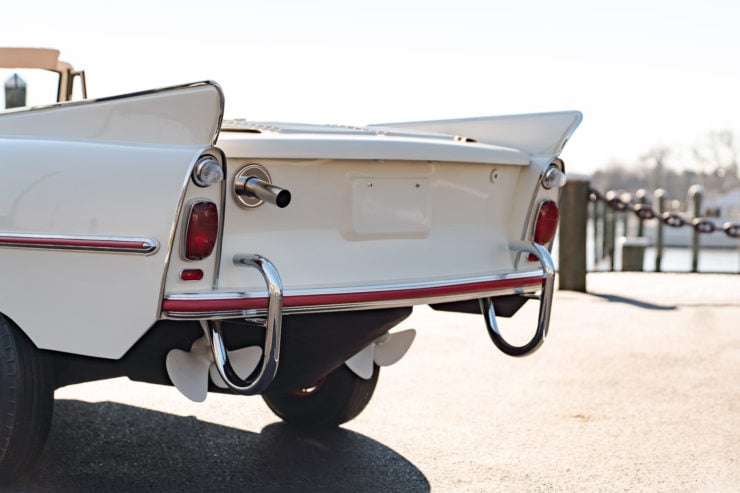
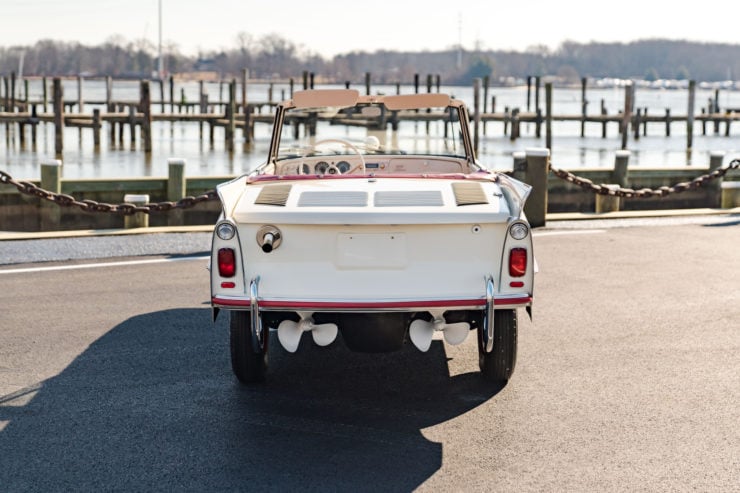
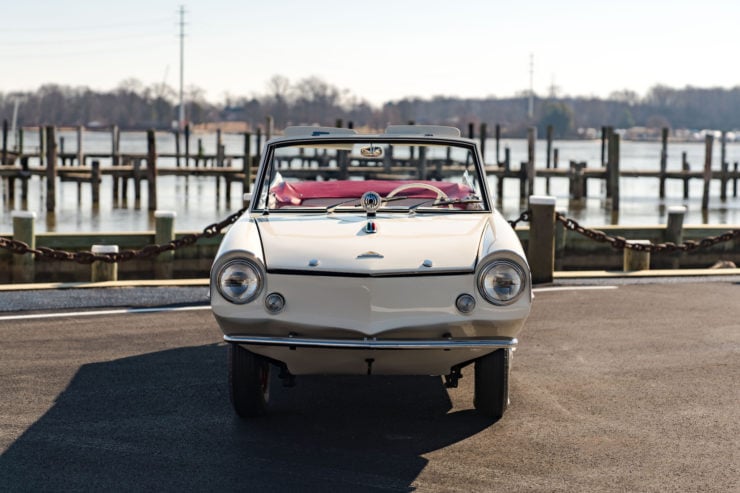
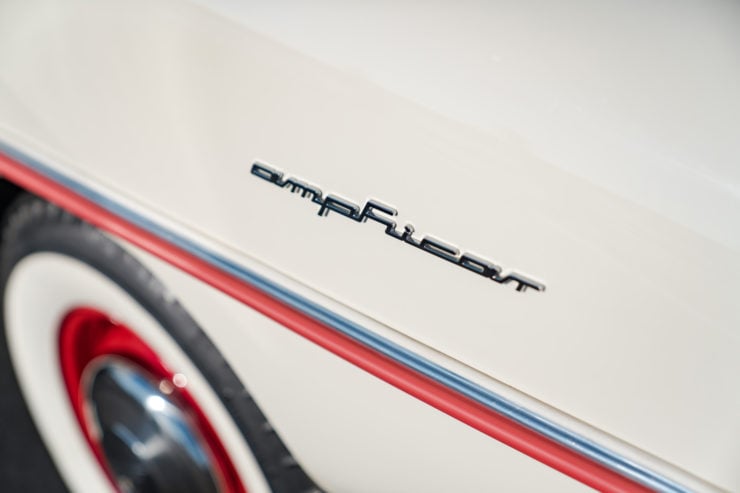
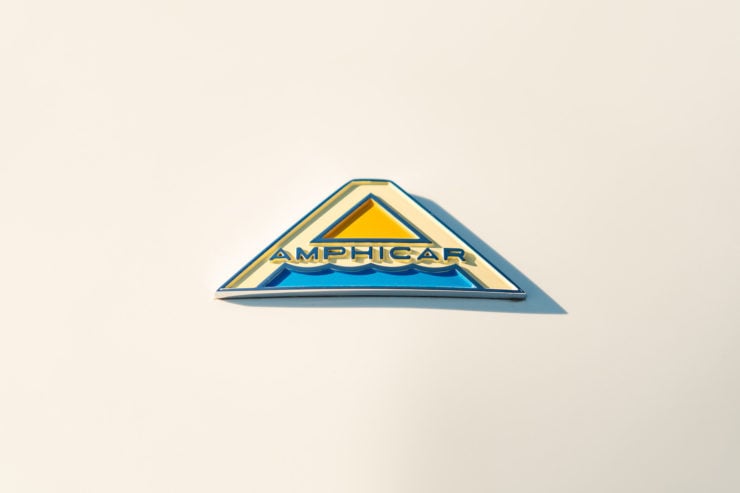
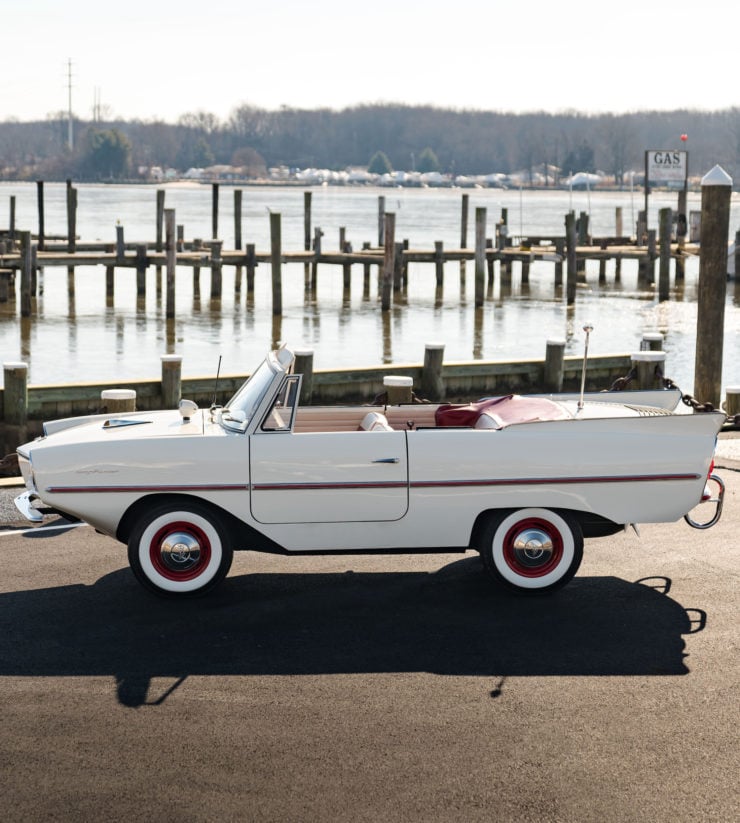
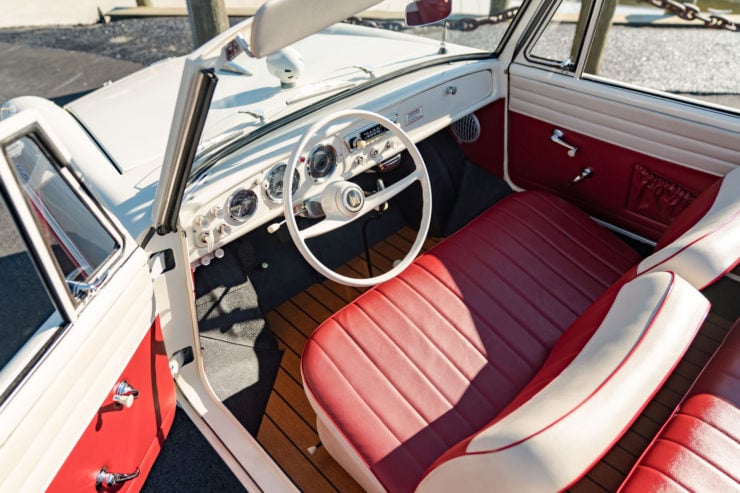
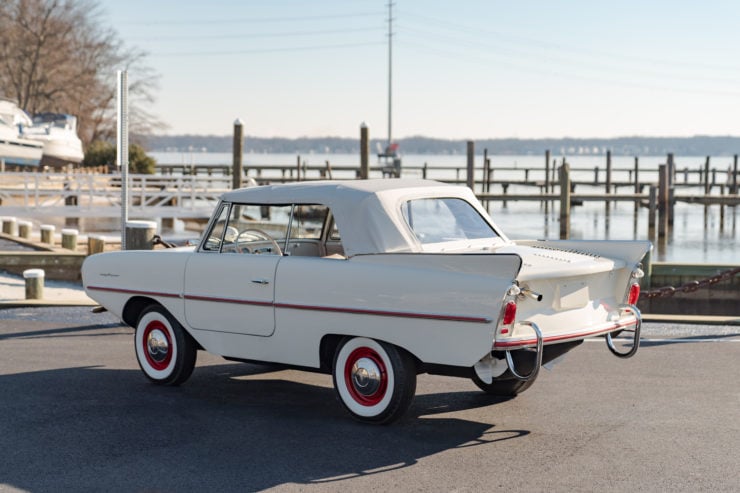
Images: ©2022 Courtesy of RM Sotheby’s
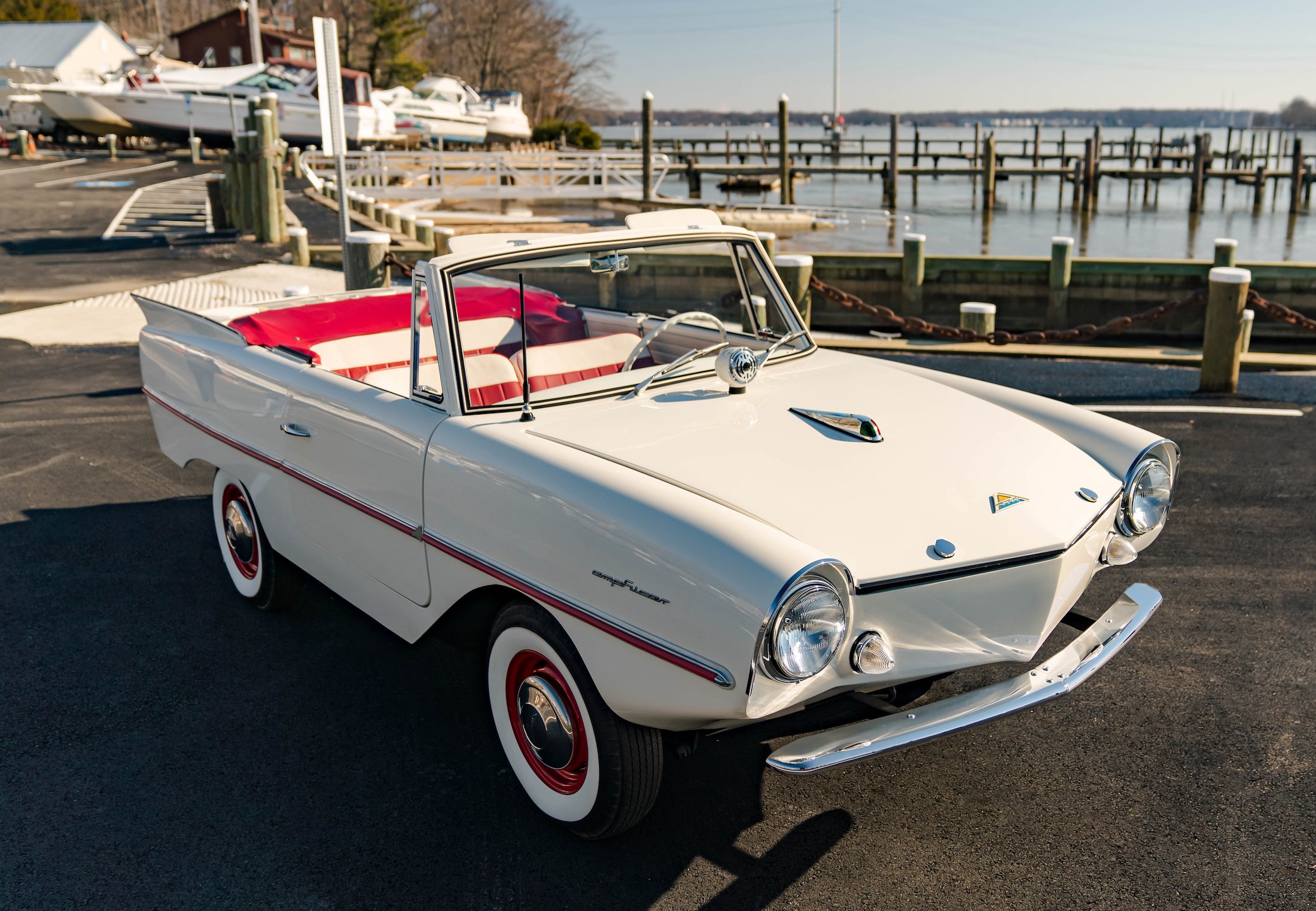
The post The Amphicar 770: A Vintage Car That’s Also A Boat appeared first on Silodrome.
from Silodrome https://silodrome.com/amphicar-770/
via gqrds
